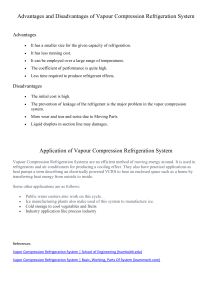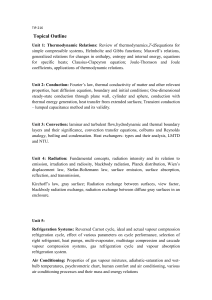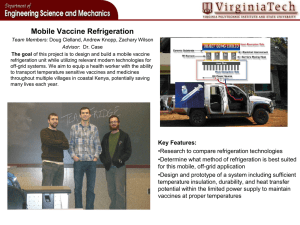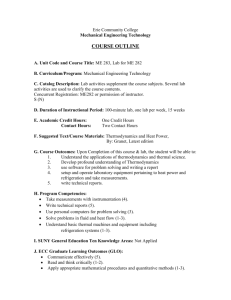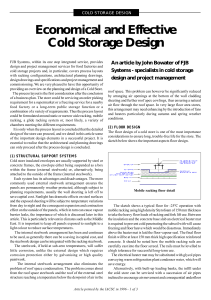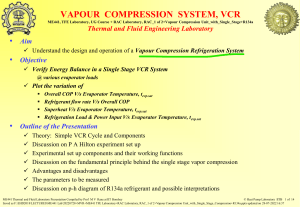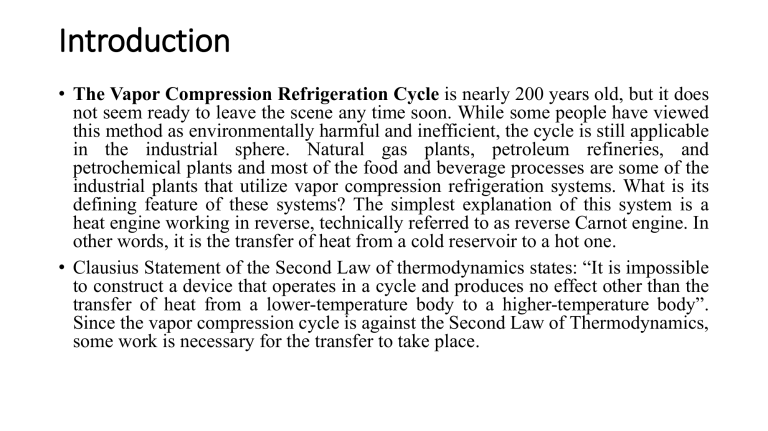
Introduction • The Vapor Compression Refrigeration Cycle is nearly 200 years old, but it does not seem ready to leave the scene any time soon. While some people have viewed this method as environmentally harmful and inefficient, the cycle is still applicable in the industrial sphere. Natural gas plants, petroleum refineries, and petrochemical plants and most of the food and beverage processes are some of the industrial plants that utilize vapor compression refrigeration systems. What is its defining feature of these systems? The simplest explanation of this system is a heat engine working in reverse, technically referred to as reverse Carnot engine. In other words, it is the transfer of heat from a cold reservoir to a hot one. • Clausius Statement of the Second Law of thermodynamics states: “It is impossible to construct a device that operates in a cycle and produces no effect other than the transfer of heat from a lower-temperature body to a higher-temperature body”. Since the vapor compression cycle is against the Second Law of Thermodynamics, some work is necessary for the transfer to take place. Vapour compression refrigeration cycle finds it place in following applications: • Domestic refrigerator • Domestic Air conditioner • Chiller for cold water around 5 to 6 degree centigrade • Central air conditioning system • Cold storage to cool vegetables and fruits • Ice plant to make ice • Industry application like process industry • And many applications where cooling is desired. Components of Vapour Compression Refrigeration System five essential parts, those are: 1.Compressor 2.Condenser 3.Receiver 4.Expansion Valve 5.Evaporator
